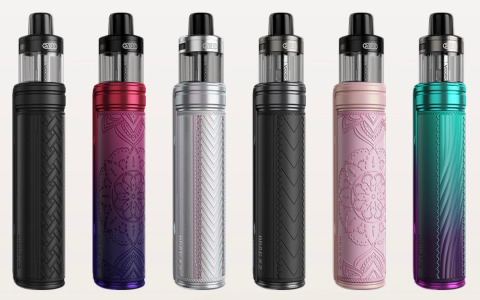Understanding E-cigarette Aerosol
The term “water vapor” is commonly used to describe the emission from electronic cigarettes (e-cigarettes). However, this is a misnomer. The visible cloud produced is not merely water vapor but a complex aerosol.
Primary Components of E-liquid and Aerosol
The aerosol generated by an e-cigarette originates from the e-liquid, which typically contains several key ingredients:

- Propylene Glycol (PG): A common food additive and solvent, PG serves as a primary carrier for nicotine and flavorings. It contributes to the “throat hit” sensation experienced by users.
- Vegetable Glycerin (VG): Another common food additive, VG is known for producing a denser vapor cloud. It has a slightly sweet taste and contributes to the overall volume of the aerosol.
- Nicotine: This is the addictive stimulant derived from tobacco. Its concentration can vary widely across different e-liquids, or it may be absent in nicotine-free options.
- Flavorings: A vast array of food-grade flavorings are used to create diverse taste profiles. These compounds are often complex mixtures themselves.
- Water: While water can be a component of some e-liquids, it is generally present in smaller proportions compared to PG and VG. The aerosol is not predominantly water.
Aerosol Generation Process
The e-cigarette device heats the e-liquid using a metal coil (atomizer). This rapid heating process transforms the liquid into a vapor. As this vapor is drawn through the device and cools, it condenses into an aerosol – a suspension of fine liquid particles in air.
Distinction from True Water Vapor
True water vapor is the gaseous state of water (H₂O) and is invisible. The visible cloud from an e-cigarette is an aerosol, similar in physical form to mist or fog, but with a different chemical composition. It consists of microscopic droplets of the e-liquid components, including PG, VG, nicotine (if present), flavorings, and other potential byproducts, suspended in the air.
Additional Considerations
Beyond the primary ingredients, studies have identified other substances that can be present in e-cigarette aerosol. These may include:
- Trace metals: Potentially leached from the heating coil or other device components.
- Carbonyl compounds: Such as formaldehyde, acetaldehyde, and acrolein, which can be formed due to the thermal degradation (pyrolysis) of e-liquid constituents like PG and VG, especially at higher temperatures.
The composition and concentration of these additional substances can vary depending on the device, e-liquid formulation, user behavior (e.g., puffing topography), and device power settings.









